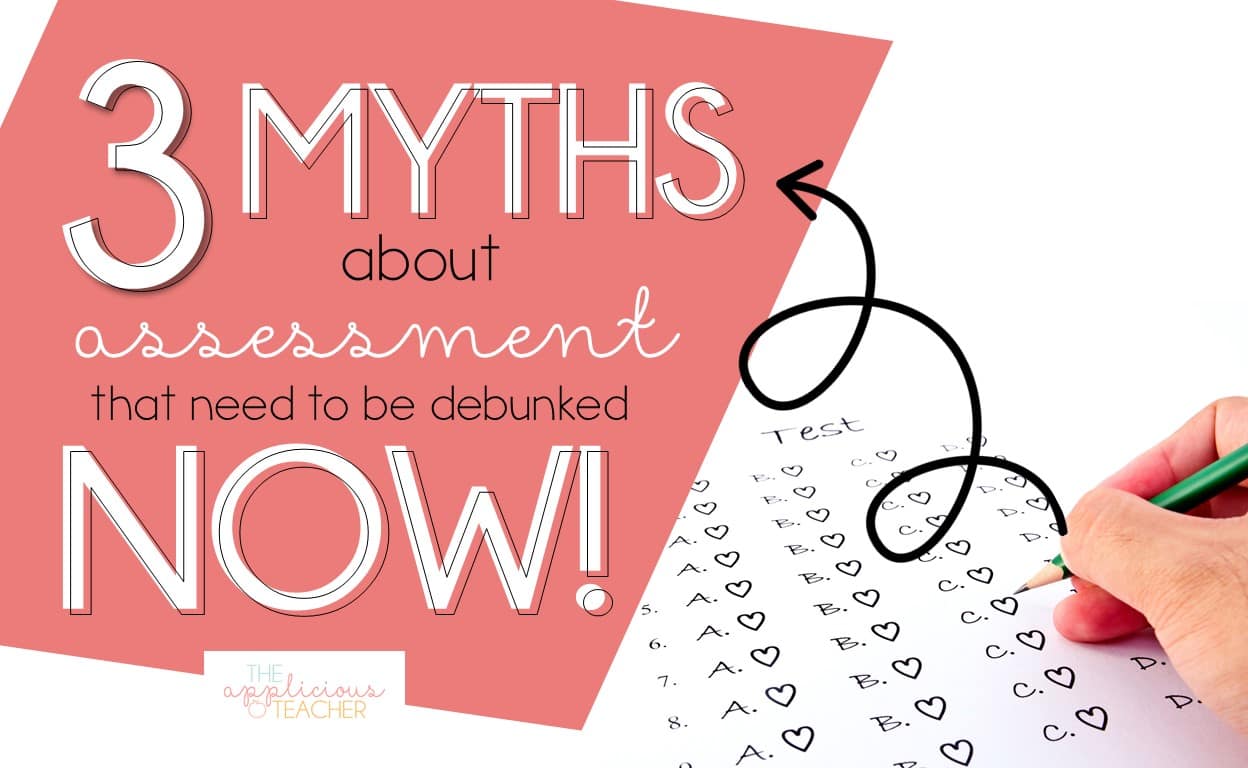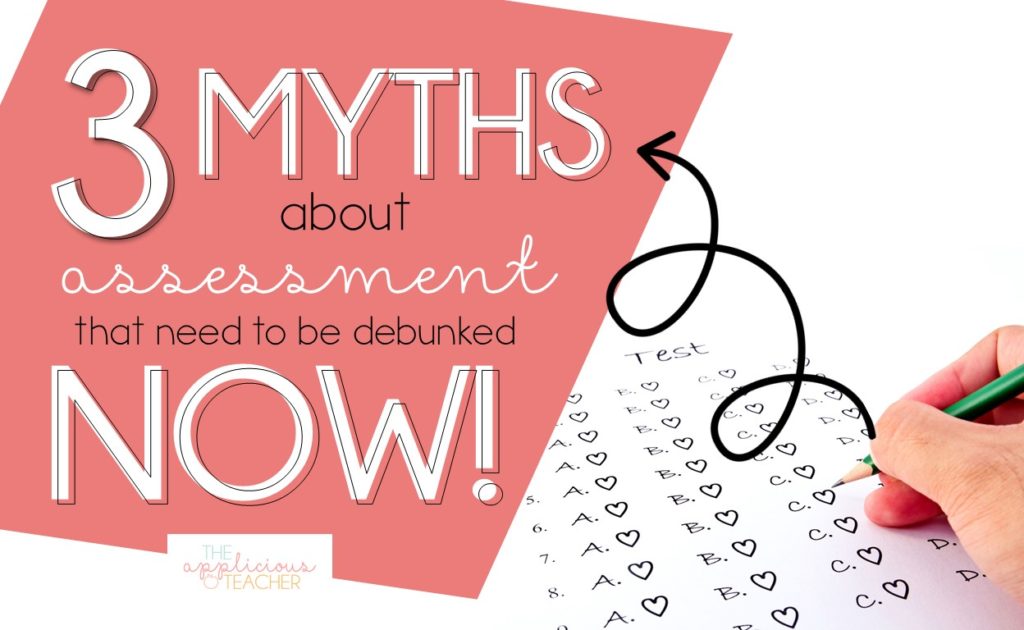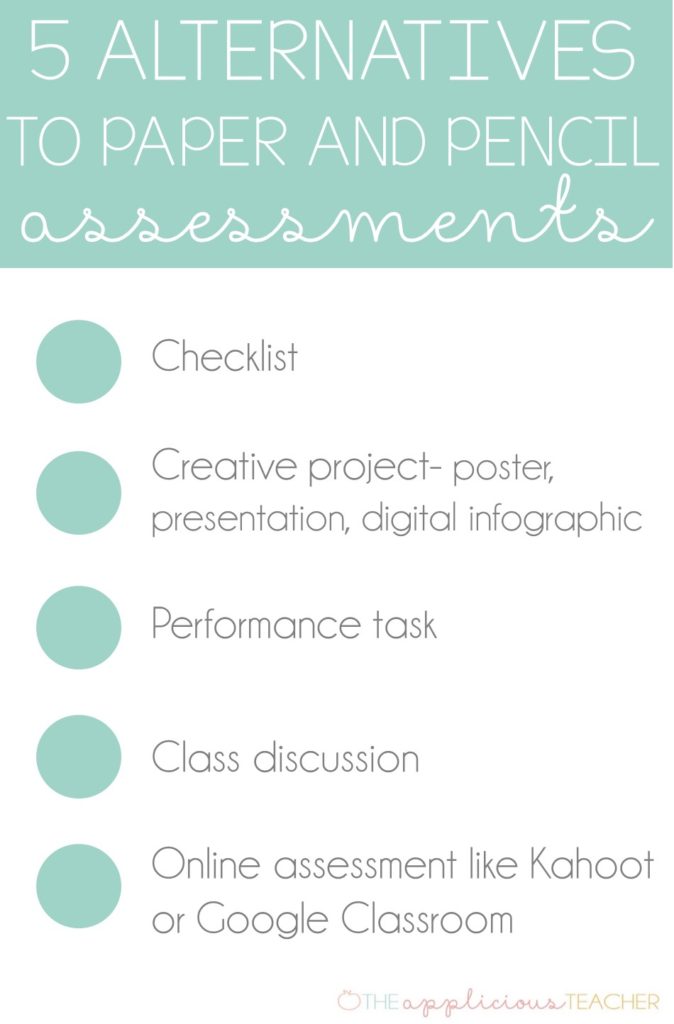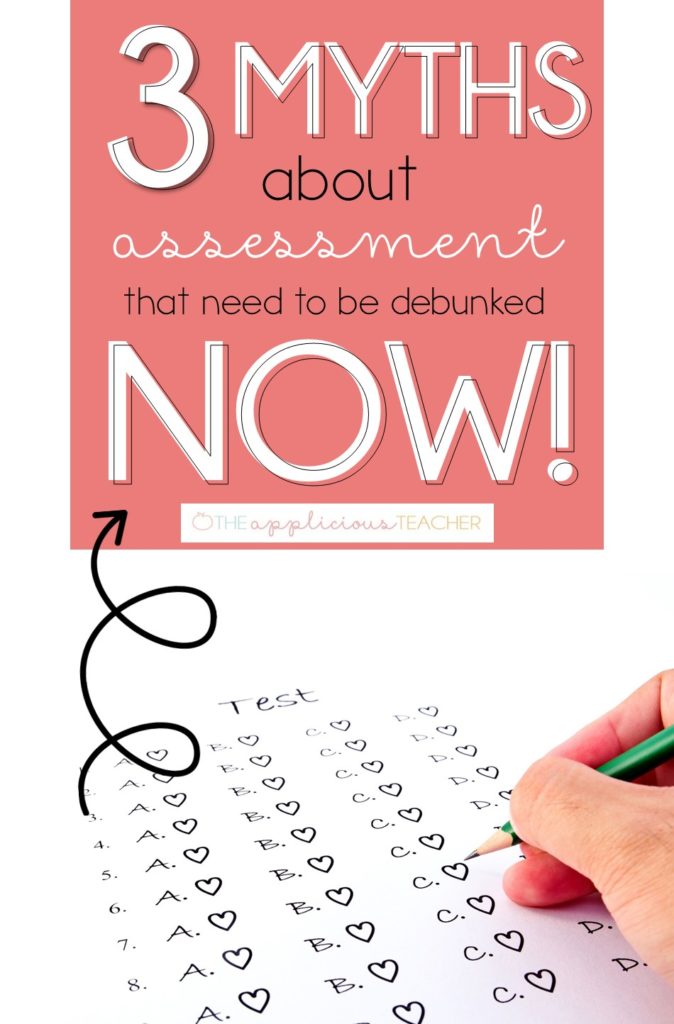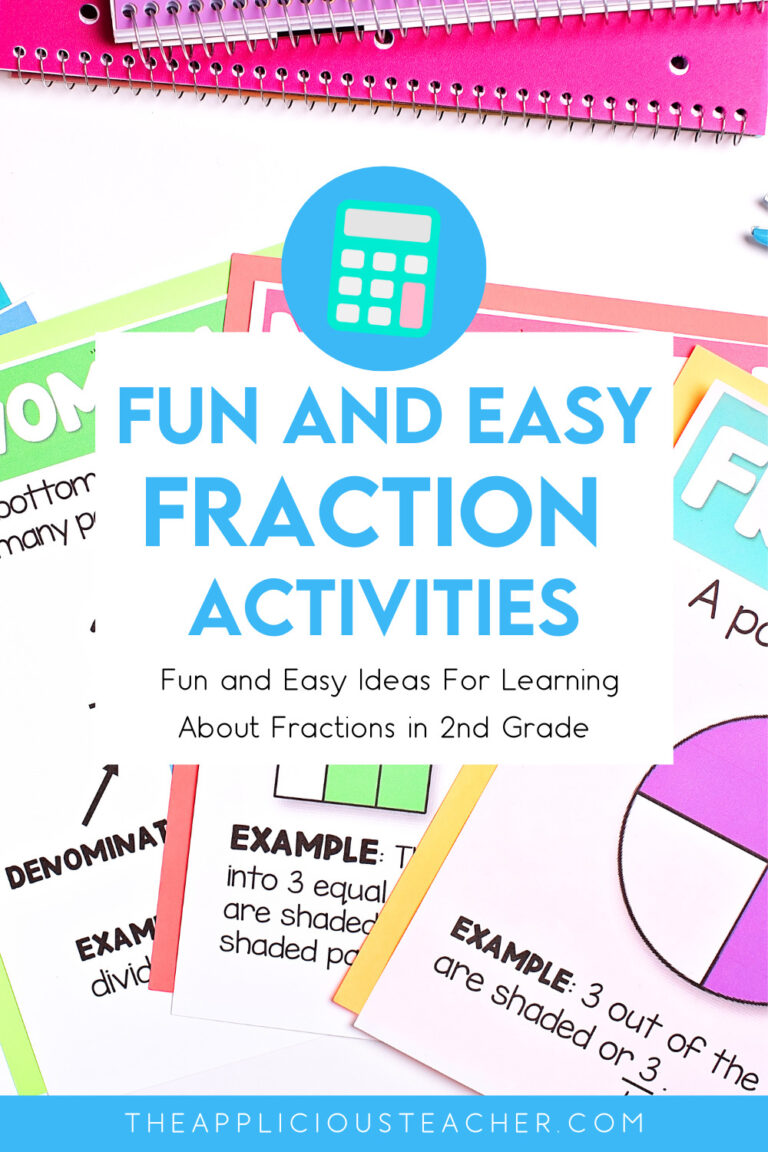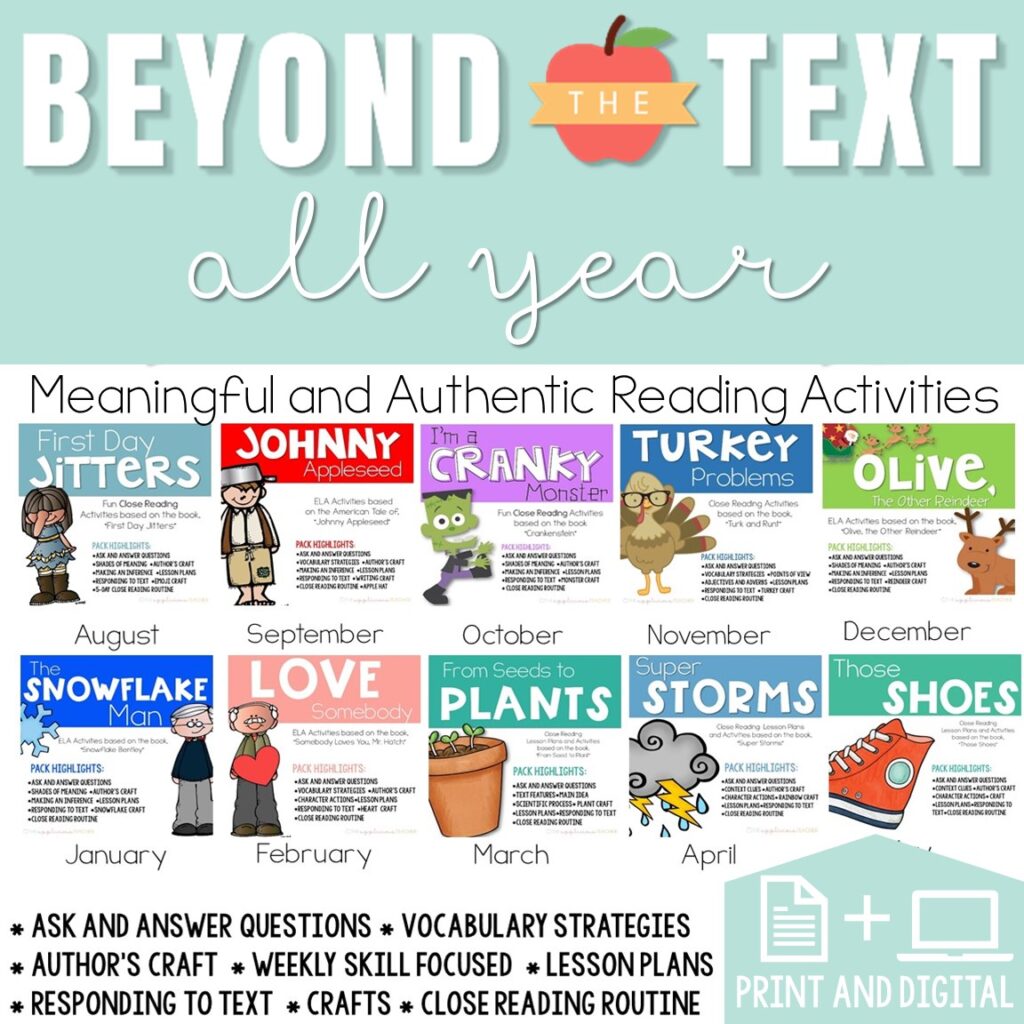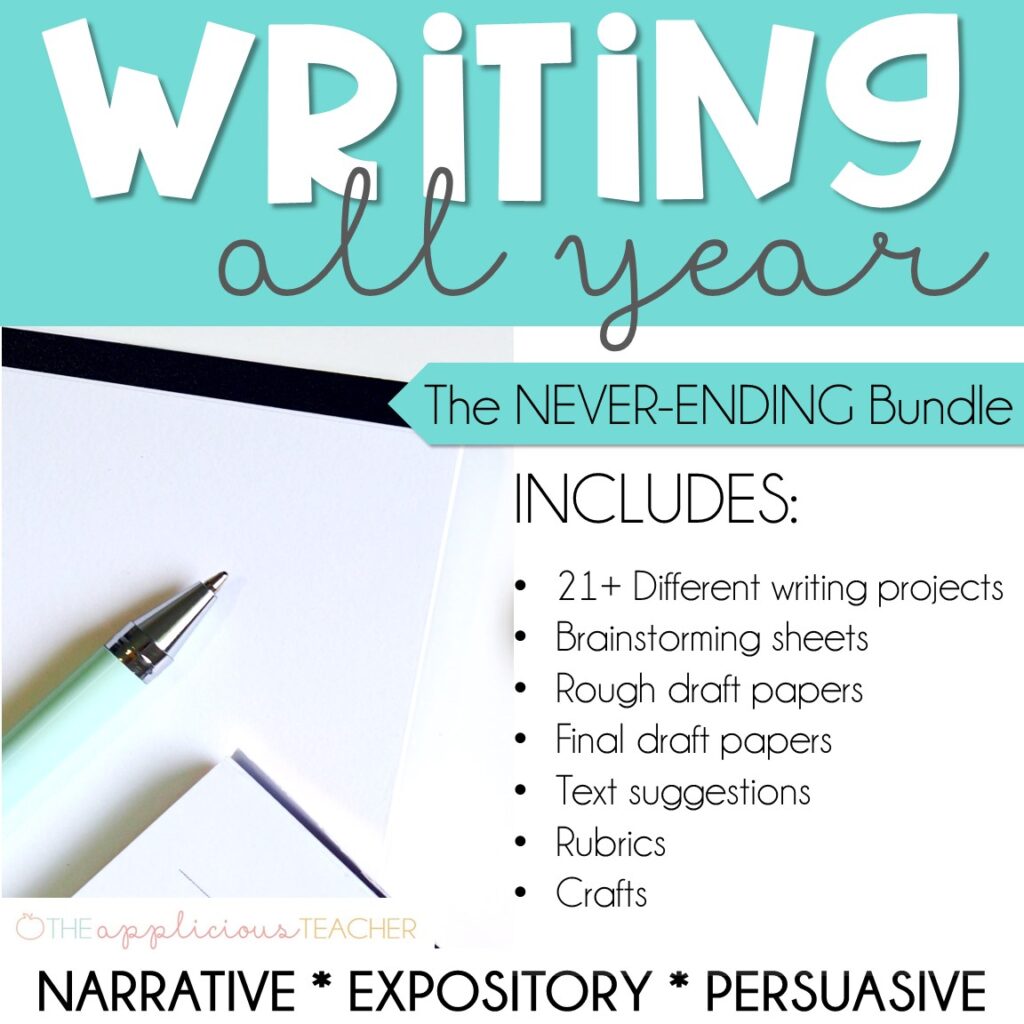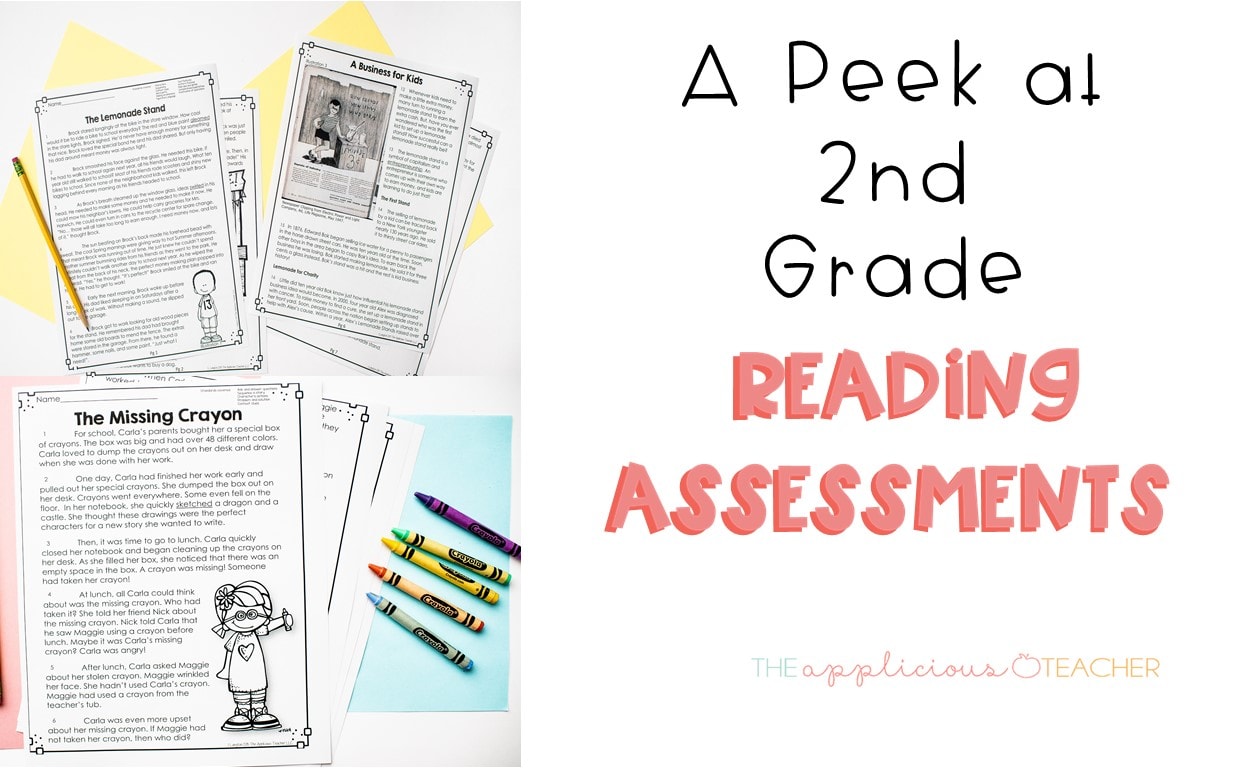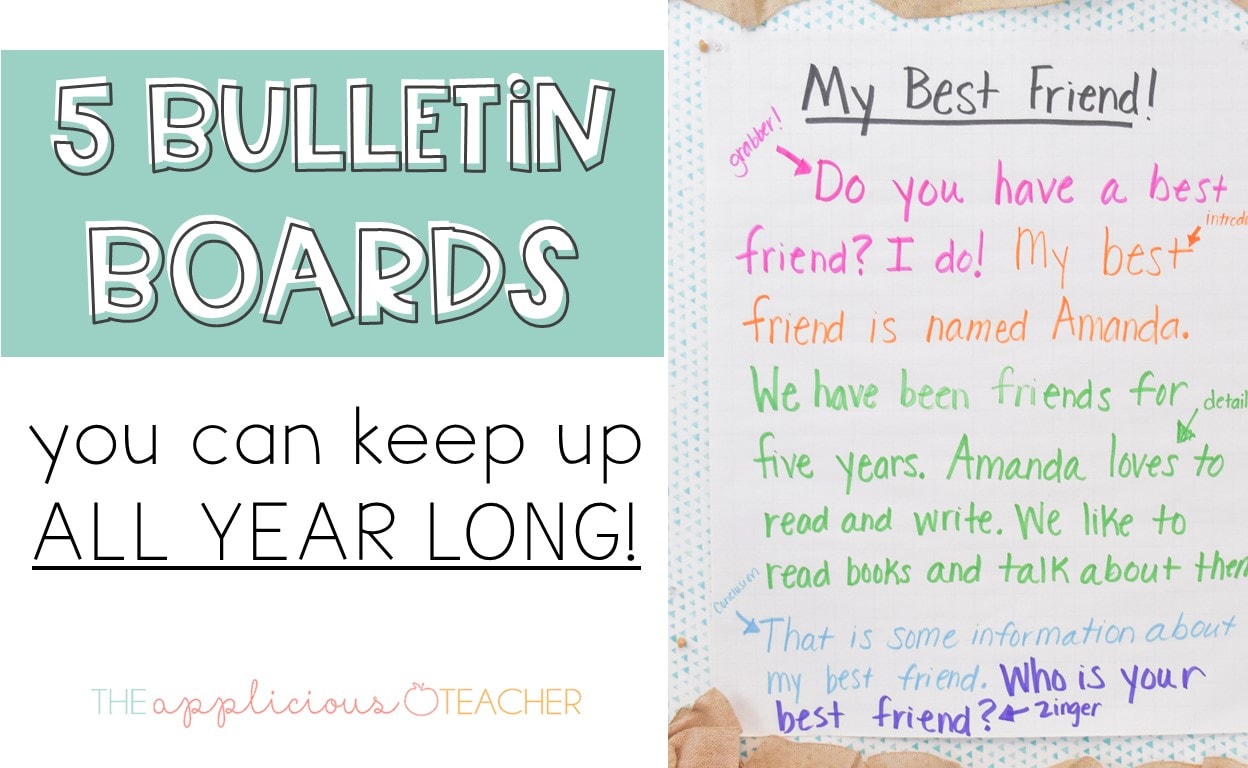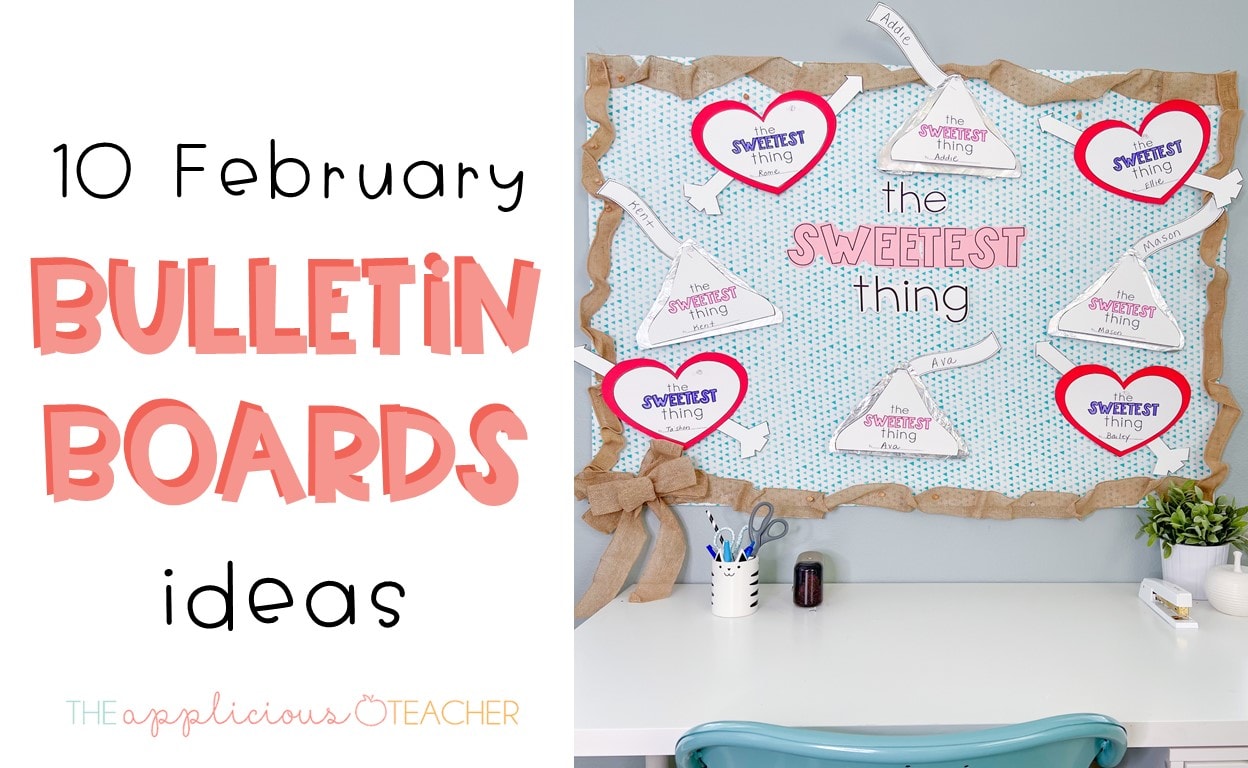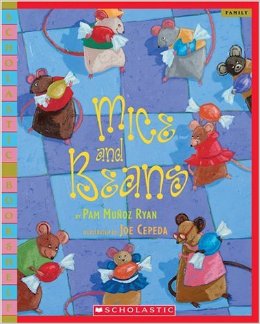So there’s this notion floating around about assessment in the classroom. At some point in our educational journey, assessments became evil. A thing to pin teachers against teachers, administration against their staff, and districts against their schools. Although I can see why some assessments are placed in the same category as four letter words (Ah-Ham- Looking at you PARCC and FSA) there are some definite myths about assessments and their purpose that NEED to be debunked ASAP!
Myth 1: Paper and Pencil Only
I remember a few years ago, I was sitting with my team as we were pulling activities and assessments for the following week’s lessons. One of the teachers on my team pulled out this huge file folder full of yellowed worksheets (possibly a few dittos) and started sorting through the stack looking for an “assessment” we could use.
It was then and there that I realized we had this assessment thing all wrong: Not all assessments NEED to be a worksheet.
Or paper and pencil for that matter! An assessment could be a project, a checklist, a performance task. But not always a worksheet!
So, with the help of my team, we designed a class checklist to use instead of a paper/pencil assessment for our geometry unit. As students worked to build shapes, the teacher walked around and placed a check mark on the list next to students who could create the shape using toothpicks and marshmallows. It was quick, easy, the kids were excited to build and this teacher was happy she didn’t have ANOTHER stack of papers to grade!
There are tons of alternatives to using paper and pencil to assess your students! Whiteboards are a great way to quickly see who has it and who doesn’t! Here are a few more suggestions:
Myth 2: Need to Be for a Grade
We teach, we assess, we put it in the grade book, and move on… that’s the cycle of teaching, right?
Well… although recording assessments in your grade book is a good idea to track your students’ mastery of skills throughout the quarter, not EVERY assessment has to be for a grade.
Hear me out on this…Spot checking your students progression and mastery of skills needs small checkpoints along the way before you take that all important grade. These small assessments are less formal, quick, and don’t require a worksheet or a grade in your grade book.
Say hello to your new best friend: the informal formative assessment.
EXAMPLES OF INFORMAL FORMATIVE ASSESSMENTS:
- Whiteboard showdown- students share their answer on a whiteboard
- Thumbs up or thumbs down- students share if they agree or disagree with an answer (read more about this here!)
- Numbered fingers- students rate their understanding of a skill with a four point scale. (read more about this here!)
- Partner or team practice- students work in groups of two or more to practice the standard.
The good news is, you’ll probably already doing this type of assessment in your classroom and aren’t “documenting” it or thinking of it as an assessment, but it is! And these informal spot checks help guide your teaching WAAAAYYYY more than any formal graded assignment. YAY for less work! #teacherwinning
Myth 3: Must Be Long in Length
More is always better, right? More questions equals more opportunities for students to prove their mastery of the learning… But the truth is… when it comes to assessments, more isn’t always better. At least, not all the time!
Do you really need your students to complete 20 questions to prove their learning? Not really… usually a teacher can tell after three to four problems if the student understands a concept. But, three or four questions isn’t really a fair chance for students to show mastery. Miss one and those poor kids are already down to a 75% or C! Ouch!
To me, the sweet spot length for assessments is between eight to ten questions that vary in difficulty. This length is manageable for young and older learners, isn’t too time consuming, and makes it way easier to grade later on. This length assessment also allows students to make a few mistakes without tanking their grade.
A NOTE ABOUT TESTING STAMINA
Now, this isn’t to say that EVERY assessment you give should be ten questions or less. The truth is, if you teach second grade or above, following that rule to a “t” won’t help your students build testing stamina, which is needed to successfully complete the all important “State Test”. So, sprinkle in some longer length assessments to help build your students’ ability to sit for longer periods of time and remain actively engaged for longer stretches.
So are these myths you’ve believed? Or were they already debunked for you? Either way, as we approach testing season, it’s even more important than ever to keep in mind our testing strategy. This is the perfect time of year to start pulling out those whiteboards and craft projects!
Assessment Doesn't Have to Suck!
Assessment has gotten a bad rep recently, but it doesn't have to suck! Sign up for our newsletter to for ideas and tips on making sure progressing monitoring in your classroom isn't something you dread!
Success! Now check your email to confirm your subscription! Thanks!

